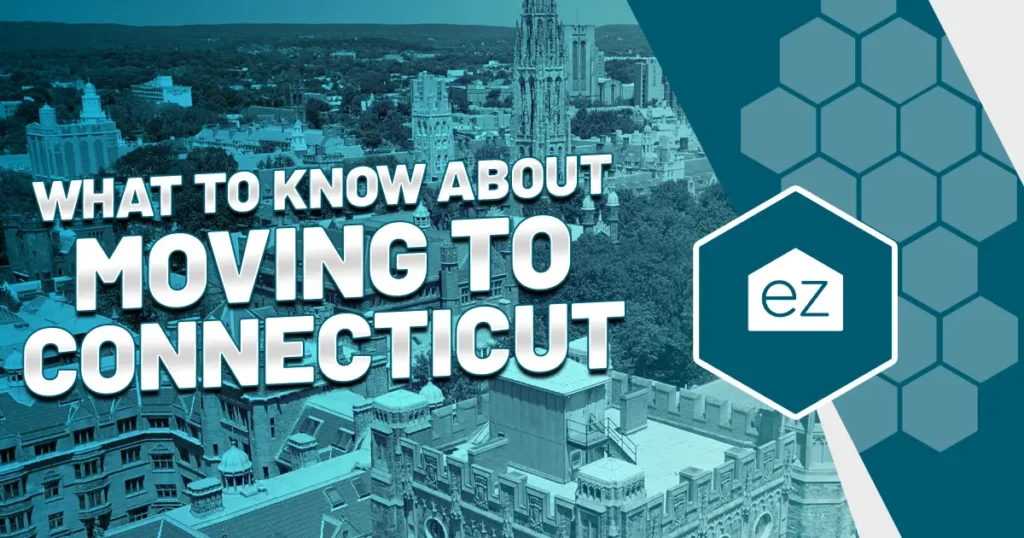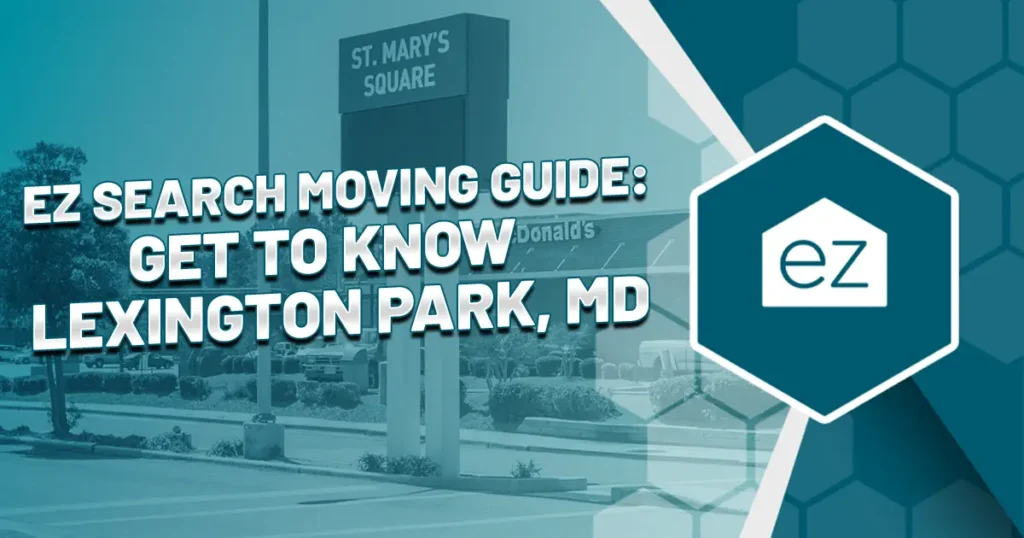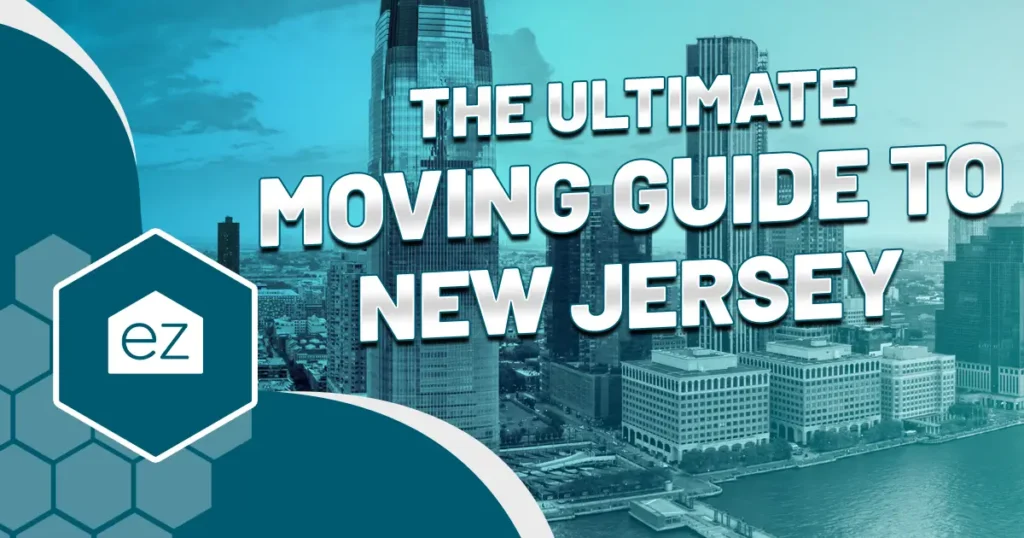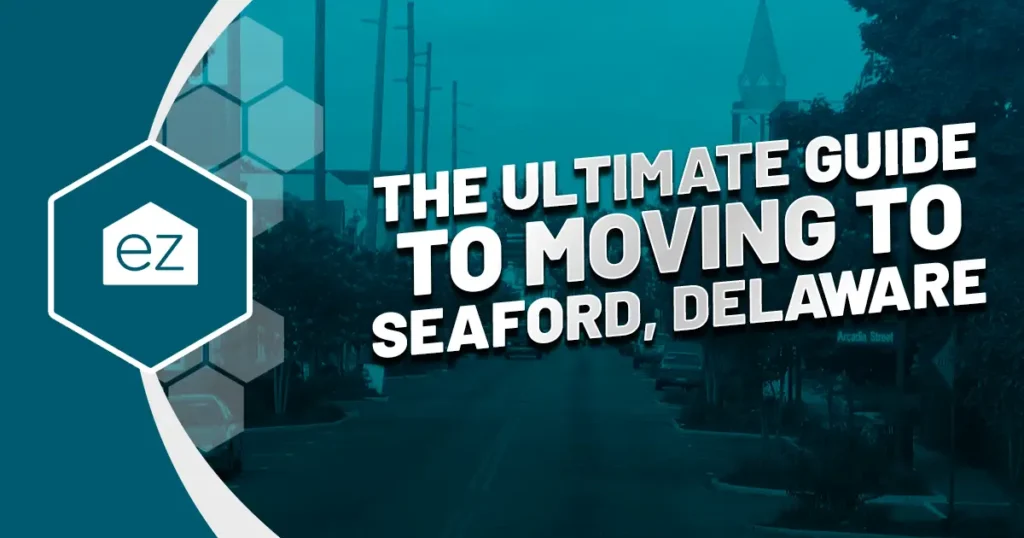EZ Guide to Moving to Louisiana
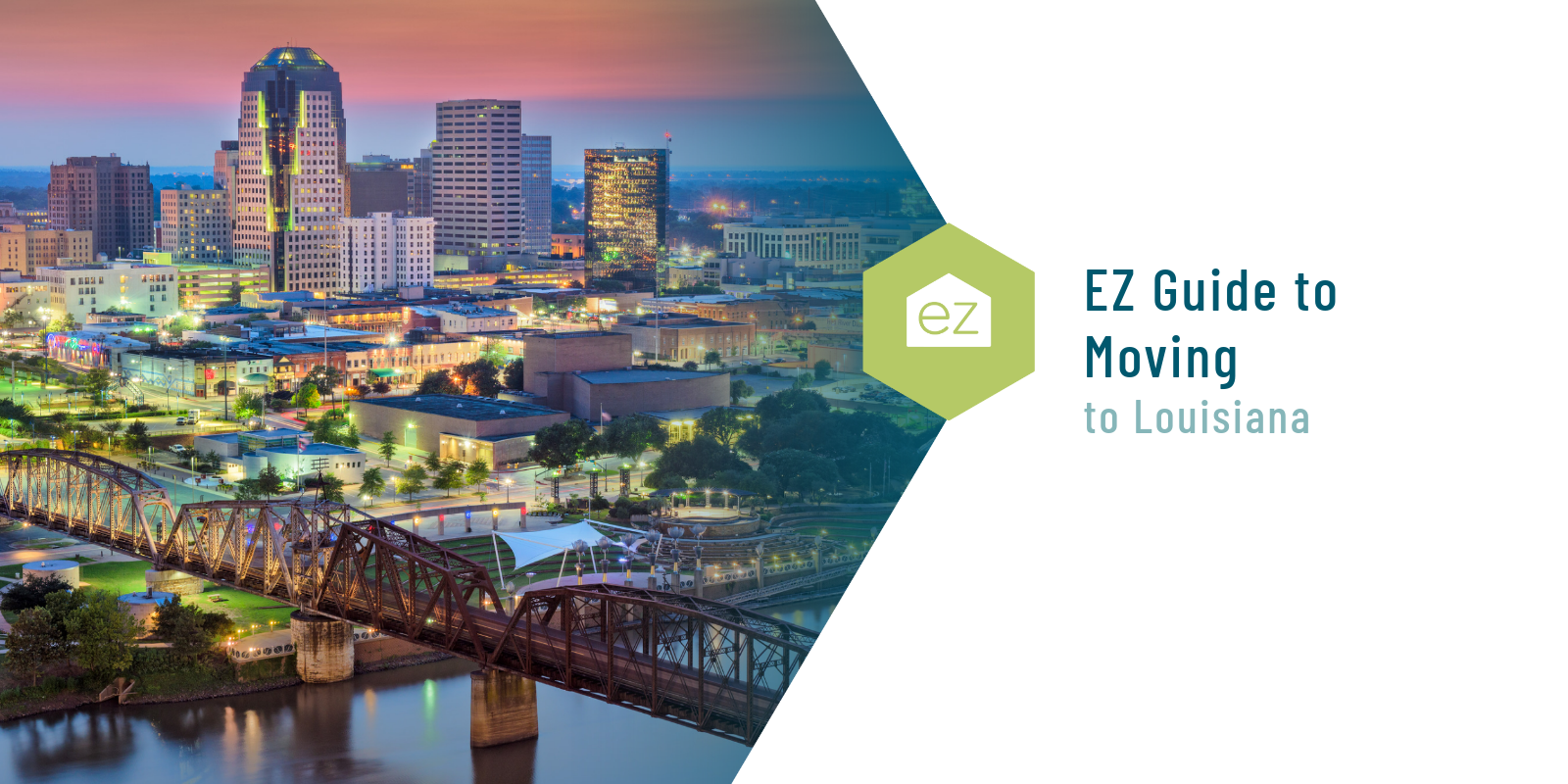
EZ Guide to Moving to Louisiana
Looking for affordable living, warm weather, and a place with a unique culture? Sounds like Louisiana might be right up your alley. People know the Bayou State for its Creole culture, southern hospitality, and world-famous Mardi Gras celebrations. But it’s also got a reputation as a Sportsman’s Paradise, with a long history of fishing, hunting, and hiking.
If you’ve ever thought of relocating to Louisiana, now is the time! Now is the time to get in on the ground floor of Louisiana’s growing job opportunities. But before making the jump, read our guide to get a feel for the state before you move to Louisiana.
Basic Facts
Considered part of the “Deep South,” Louisiana is in the southern United States and shares borders with Arkansas, Mississippi, and Texas. While many people know New Orleans, the state’s capital is actually Baton Rouge.
As of 2021, the estimated population was 4.6 million, making it the 24th most populous state in the US. New Orleans, Baton Rouge, and Shreveport were the most populated cities.
Louisiana’s state is broken into “parishes” rather than “counties.”
While people associate the “French Quarter” and much of the Creole culture with the city’s past as a French trading hub, the state also has strong Spanish influences. In the 1770s, it had a Spanish governor. With British, Spanish, French, and German occupation and immigration waves, plus the Indigenous peoples and West Africans brought in due to the slave trade, Louisiana is truly a melting pot of cultures. You can see all these influences in the state’s cuisine, traditions, and cultural sites.
Louisiana Regions
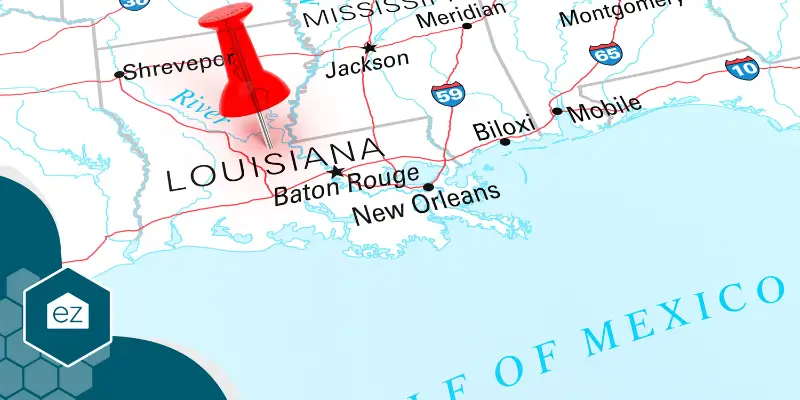
Louisiana’s land mass ranks it the 31st largest in the US, though large sections remain rural. It has around 105 people per square mile, which is in the middle for population density. However, the population centers are around the coastline, so the average density skews how the state feels.
With so much land to cover, it makes sense to break Louisiana into different regions.
In Cajun Country, which is southern Louisiana around Lafayette, you’ll find Cajun and Creole culture spanning small towns in the wetlands and bayous. Another related region is the Florida Parishes of the River Region, located east of Baton Rouge, which has a more agricultural focus.
The Red River Region around Shreveport in northeastern LA is an outdoor enthusiast’s paradise, with plenty of hunting and fishing. Locals call this the Sportsman’s Paradise Region because of the bass fishing on the lakes and rivers and the state forests ripe for hunting.
Central Louisiana is the Crossroads, where the wild forests provide room to roam. Scattered between Kisatchie National Forests and the Natchitoches Historic District are plantations, some preserved historic sites while others are still working farms.
The Greater New Orleans metro area includes the coastal city around Lake Pontachartian and the coast. Find a mix of French and Spanish cultures.
Cost of Living

According to Sperling’s Best Places Index, the cost of living in Louisiana is 10% lower than the national average. The most significant cost savings are in housing, which was over 35% cheaper than the national median.
Even New Orleans, the state’s largest city, has an affordable cost of living, coming in just 2% more expensive than the national average.
A living wage for a family of four with two children and one working adult would be $36.96. The same family spent an average of $9,856 a year on food, $11,950 on housing, and $15,012 on transportation. That family would need to make $61,546 after taxes to cover their annual living expenses. The median household income for the state was $53,571, based on Census data, so the two figures are relatively close.
Job Market

Louisiana has an expanding job market, with a high concentration of employment in the oil and gas industries. The state is the third-largest petroleum producer in the county and a top natural gas producer, so crude oil refineries and related products are a central part of the economy.
Agribusiness is another vital sector of the economy, as Louisiana is a significant state for commercial fishing, sugarcane, and sweet potatoes.
Other top industries for employment include healthcare, manufacturing (mainly in chemical processing), and retail.
US News and World Report ranked the state no. 47 for its economy, but that doesn’t mean there aren’t bright spots and potential. Two Fortune 500 companies had headquarters in the state: Century Link and Entergy.
If you need to drive for work, the average commute time was 25 minutes in 2021, slightly shorter than the US average. Most Louisiana residents do need their own car to get around.
Education Opportunities
When it comes to education, Louisiana’s public schools commonly have room to grow. Its public schools came in no. 46 in the nation. That said, you can find some high-performing public and private schools in the state.
The Louisiana Department of Education oversees 70 school districts and 1,303 public schools. There were another 146 charter schools. The state also has a voucher program for school choice.
Louisiana’s higher education opportunities ranked low in the US, but some solid colleges and universities are here. Top-rated include Louisiana State University (LSU), Tulane University, and Southern University.
Climate
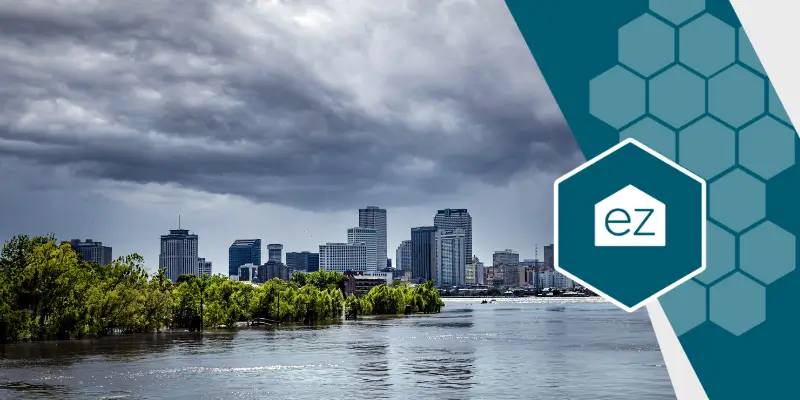
If you like heat and humidity, then the climate of Louisiana is just right for you. The subtropical state delivers warm summers and mild winters. Get ready for a wide range of weather conditions, from hurricanes to snow flurries!
Louisiana sees an average of 216 days of brilliant sunshine, but it rains throughout the year. On the upside, snow and flurries are rare and are in the north, if seen at all. The northern parts of the state are part of “Dixie Alley,” another US region that produces strong tornadoes, particularly in the fall and spring months.
Hurricanes are a reality of living along the coastline. If you want to live here, you must be prepared for strong storms from June through November. The low-lying coastal areas and wetlands are prone to flooding from storm surges.
Major Cities and Real Estate Market
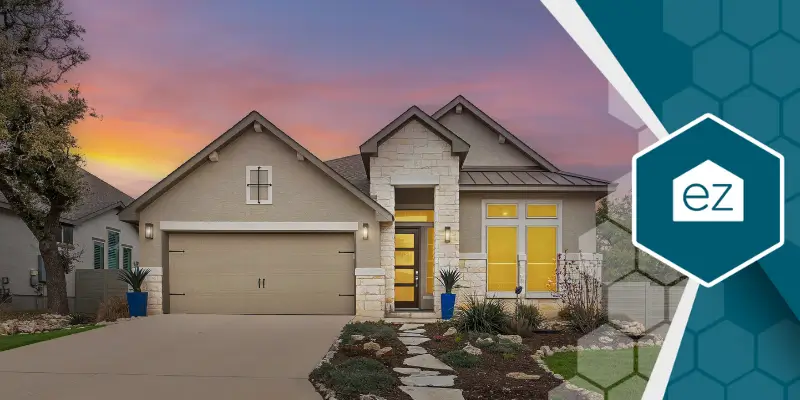
Louisiana isn’t a heavily populated state, but it does have a few concentrated metro areas. Most people are concentrated on living near the coast or in the New Orleans, Baton Rouge, and Shreveport metros.
The real estate market in Louisiana is stable as of 2022. While its economy is expected to retract in 2023, there’s one bright spot in the state’s real estate market: it’s affordable! You can find great deals for homes of all sizes and styles. Buy agricultural land in the north or a historic French Quarter home in New Orleans.
In December 2022, Louisiana had a median sale price of $239,700, down 2.1% year-over-year. The number of homes sold also dropped by 2.9%, while the number of listings increased by 7%.
In major markets, the January 2023 median list prices were:
- New Orleans, $345,000; 2,621 homes
- Baton Rouge, $250,000; 1,771 homes
- Shreveport, $189,900; 915 homes
- Metairie, $325,000; 532 homes
Property taxes in Louisiana are low and rank the state the 5th cheapest in the US. The median tax payment was $1,065 in 2022.
Things to Do
Louisiana is called a Sportsman’s Paradise for a reason. Its swamps and bayous are teeming with wildlife, making it an excellent place for fishing, hunting, kayaking, and bird-watching. Some call the wetlands the “Louisiana Outback” or one of the “Last Great Wildernesses.”
Besides wetlands, Louisiana has ample parks for mountain bike riding. Lincoln Parish Park near Shreveport is a top-rated bike track, as is the Beast in St. Francisville. The state features almost 94 golf courses, including six affiliated with the USGA. And at the national forests and parks have hiking trails, camping, and off-roading opportunities.
The cities offer plenty of things to do all year round. If you’re looking for a good time, catch the annual Mardi Gras celebration in New Orleans, the city’s most famous event, thanks to its colorful parade and wild street party.
While in New Orleans, check out other local festivals like the French Quarter Festival, Jazz Fest, and Voodoo Music & Arts festival. After all, Jazz was born here in New Orleans. The city remains a significant jazz scene with hundreds of concerts each year.
Outside the French Quarter, the National World War II Museum is one of New Orleans’ top tourist destinations. Its interactive exhibits and collection of personal accounts and artifacts create a cohesive experience.
Baton Rouge also has attractions like the art deco-styled Louisiana State Capitol Building and the USS Kidd Museum. The Louisiana State University campus is one of the nation’s oldest universities. The Shaw Center for the Arts and the Art Science Museum support the city’s local art community.
The state hosts hundreds of festivals each year. Besides Mardi Gras, other big draws are the Breaux Bridge Crawfish Festival, Red River Revel, and French Quarter Festival.
Visitors also come to Louisiana’s casinos for gaming and entertainment. These resorts are scattered around the state, with many in New Orleans.
Cuisine

You can’t go to Louisiana and miss out on the delicious Creole and Cajun cuisine. Many local eateries sample classic dishes like jambalaya and andouille. Every local has their favorite place for po-boys, a sandwich stuffed with fried seafood (usually oysters).
The state’s love affair with food goes beyond restaurants. Louisiana is also known for its roadside eateries, where you can find some of the state’s best gumbo and étouffée. You can also sample local delicacies like alligator sausage, frog legs, and boiled peanuts. When you’re in New Orleans during Mardi Gras, pick up a King Cake.
No matter where you move in Louisiana, you’re sure to find plenty of delicious eats!
Southern Hospitality
One of the best things about living in Louisiana is the people! The locals are known for their warm and friendly nature. Don’t be surprised if a stranger steps in to help when you’re in a bind. The unofficial Cajun Navy is well-known for lending its airboats and watercraft for rescues in natural disasters.
Moving to Louisiana
In Louisiana, you can find your slice of southern paradise. You’ll enjoy a low cost of living, a diverse job market, and warm people. Don’t just look at New Orleans; explore other places in this state to find your perfect pace of life. Let us know if you have any other questions about moving to Louisiana.
